How are school exams conducted around the world?
Norway has an ‘exams lottery’ with only one in 5 sitting each subject – and pupils told the draw results only the day before.
With Scotland’s system facing overhaul, having been described as a 19th Century British tradition clashing with the modern curriculum, we take a look at how senior pupils are tested in other countries.
Our data is based on international comparisons made in a review of the Scottish system for the Organisation for Economic Cooperation and Development by Professor Gordon Stobart.
Click on our interactive map at the bottom for summaries.
Exams around the world
Pupils in England and Wales sit GCSE exams at the age of 16 and A Level exams at 18. In England coursework makes no contribution in the main subjects, while in Wales it accounts for 20% of grades.
Ireland tests pupils at 16 and 18 with seven written exams and seven tasks. It has developed a modular and credit-based system, with qualifications in three curriculum areas. Moderated coursework and practical work contribute to credits.
In Queensland, Australia, a statewide written exam was introduced for 18-year-olds in 2020 which accounts for 25% of their mark. The other 75% is based on coursework. Pupils complete four pieces of assessment in a subject, three internal and one external. It previously had a school-based assessment system, moderated by teacher panels.
France’s centralised approach uses the Baccalaureat system and pupils take exams when they are 18. Grades are based 40% on school-based assessments. A major revision planned for 2021 involves a new academic diploma with 10 specialist subjects, of which students choose three in their second year – with one written and one oral exam in French literature and culture – and two in their third year – with exams in philosophy and both subjects.
New Zealand pupils sit exams between the ages of 17 and 18 but half their grade is based on teacher assessment. Reforms approved last year will mean pupils studying up to six subjects. External assessments making up the other half of credits have been broadened to include portfolios, reports, performances or assessment tasks.
In Norway an ‘exam lottery’ – trekkfag – determines the 20% of upper secondary pupils which will sit each subject’s exam. Candidates learn which exams they will sit only the day before. Teacher-based assessment contributes to over 80% of overall marks. National exams are also conducted for 15-year-olds at the end of lower secondary school.
Hong Kong has a strong focus on exams, with intense competition for funded university places. Introduction of school-based assessment in contributing to grades has been contentious.
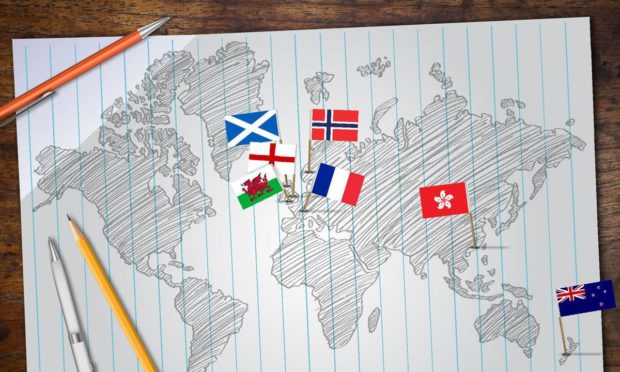
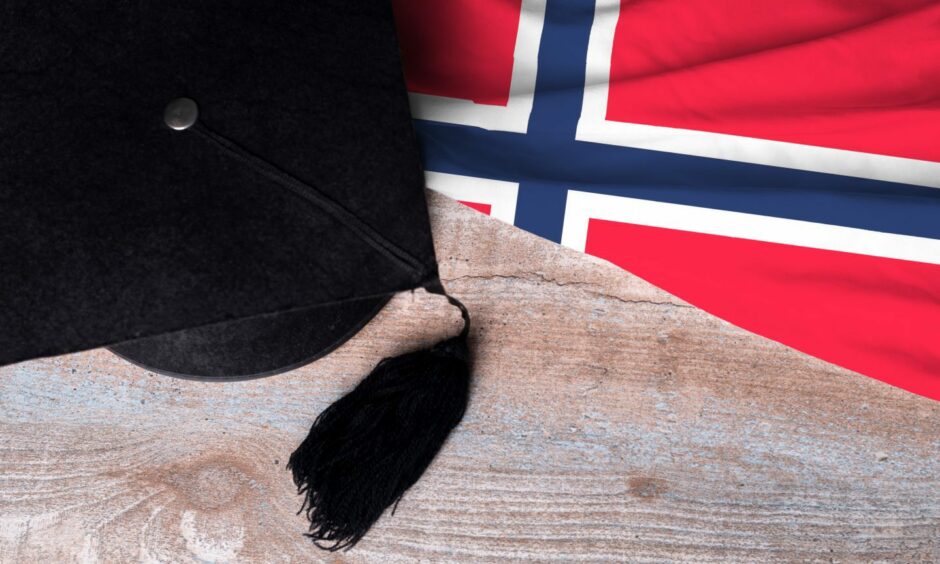
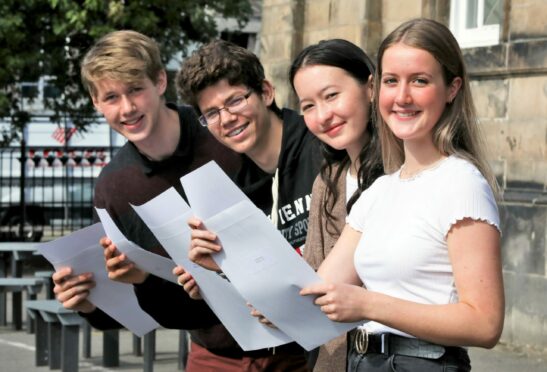
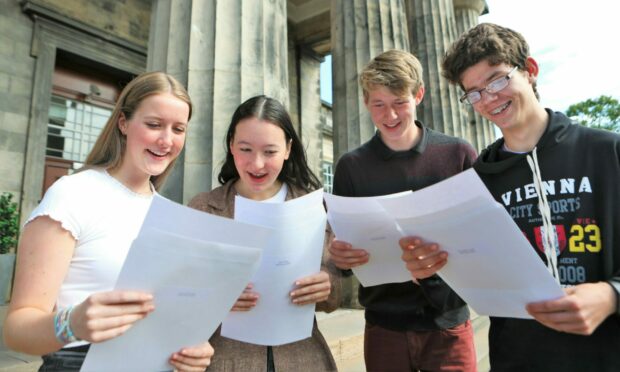
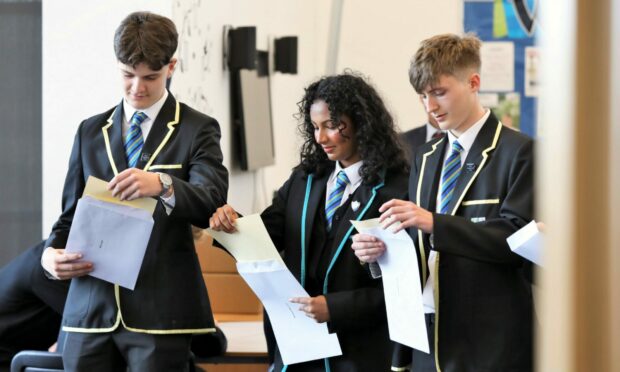
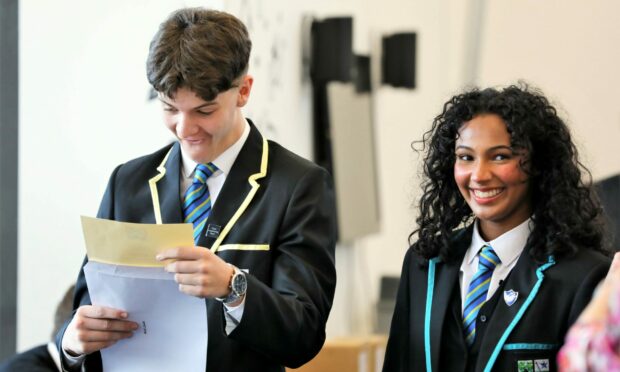
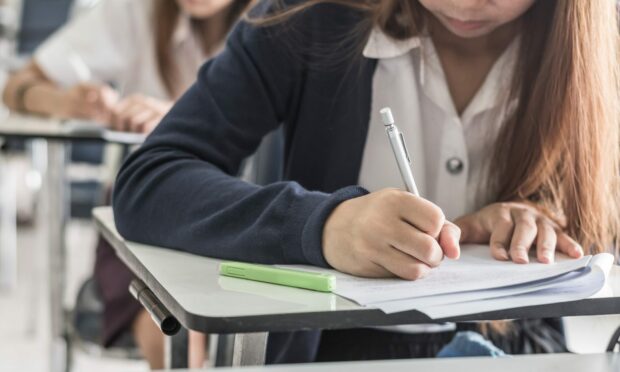
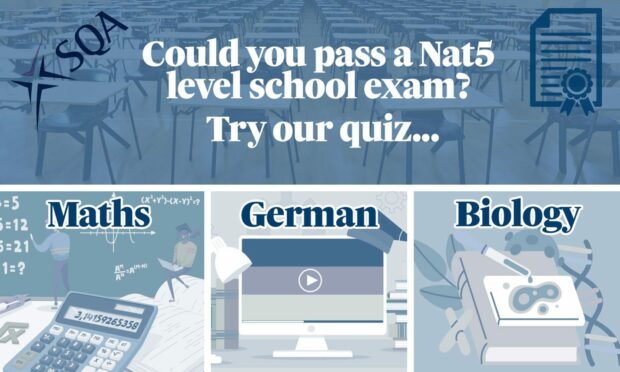










Conversation